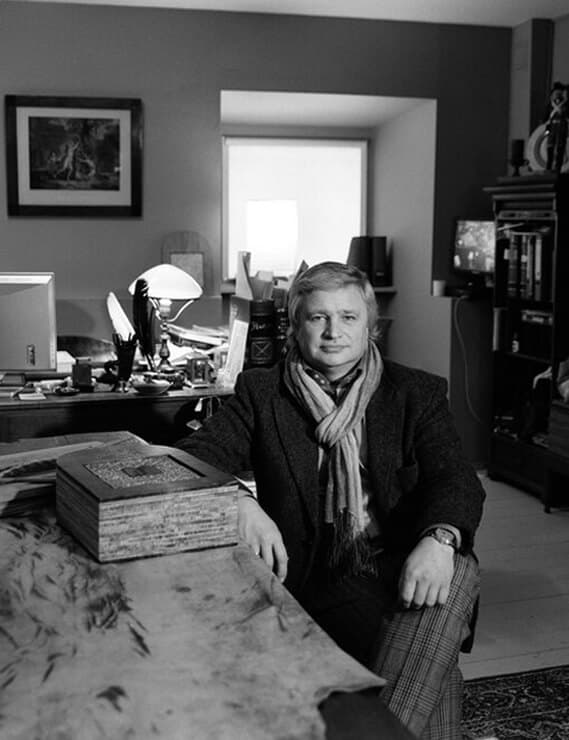
The History
It all began with a dream…
One day in December 1990, the successful businessman Piotr Suspitsyn dropped in on his teacher and friend Andrei Alexeyevich Pakhomov, an artist who was senior lecturer in graphic art at the Leningrad Repin Institute of Painting, Sculpture and Architecture. He had taken painting lessons from him at one time, when he was thinking of applying to the Academy of Arts. Andrei Alexandrovich said that he was working on a very interesting project and showed his visitor a leather-bound album of his own lithographs.
That day can be considered the moment when a dream was born. It was then that the idea arose in Piotr Suspitsyn’s mind of a publishing house that would produce books as works of art. A few months later, a law was passed abolishing censorship and allowing citizens, organizations and political parties to engage in publishing activities. Fate provided the opportunity…
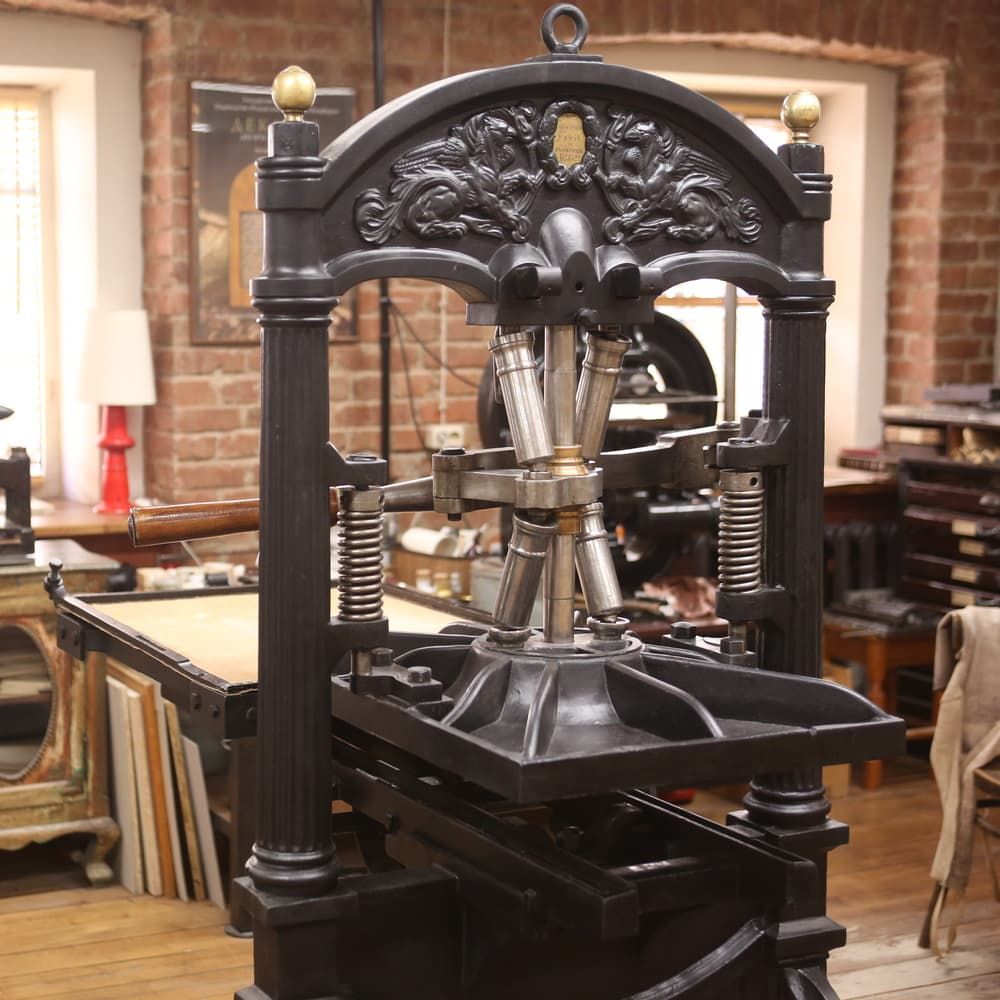
Piotr did not hesitate. He registered his publishing house and set to work. Premises were found on Millionnaya Street, almost opposite the Hermitage’s famous atlantes, and quickly refurbished.
The recreation of the atmosphere of antiquated scriptoria and print shops from the time of Gutenberg and the Renaissance seemed an essential precondition for the production of rare books. The new firm managed to find and restore vintage hand printing presses and binding equipment. Type fonts for hand-setting were rescued from being melted down: the publisher bought them from state printworks that in the early 1990s were transitioning to offset printing, while the metal typefaces that were no longer required were being sold for scrap. Soon a real working museum of the printing and binding trades had come into being.
Most important of all, though, Piotr managed to find, and bring together as a team, craftsmen skilled in disappearing fields: compositors, printers, bookbinders and artists who worked in creative printing techniques – lithography, woodcut, etching, mezzotint, dry-point, monotype…
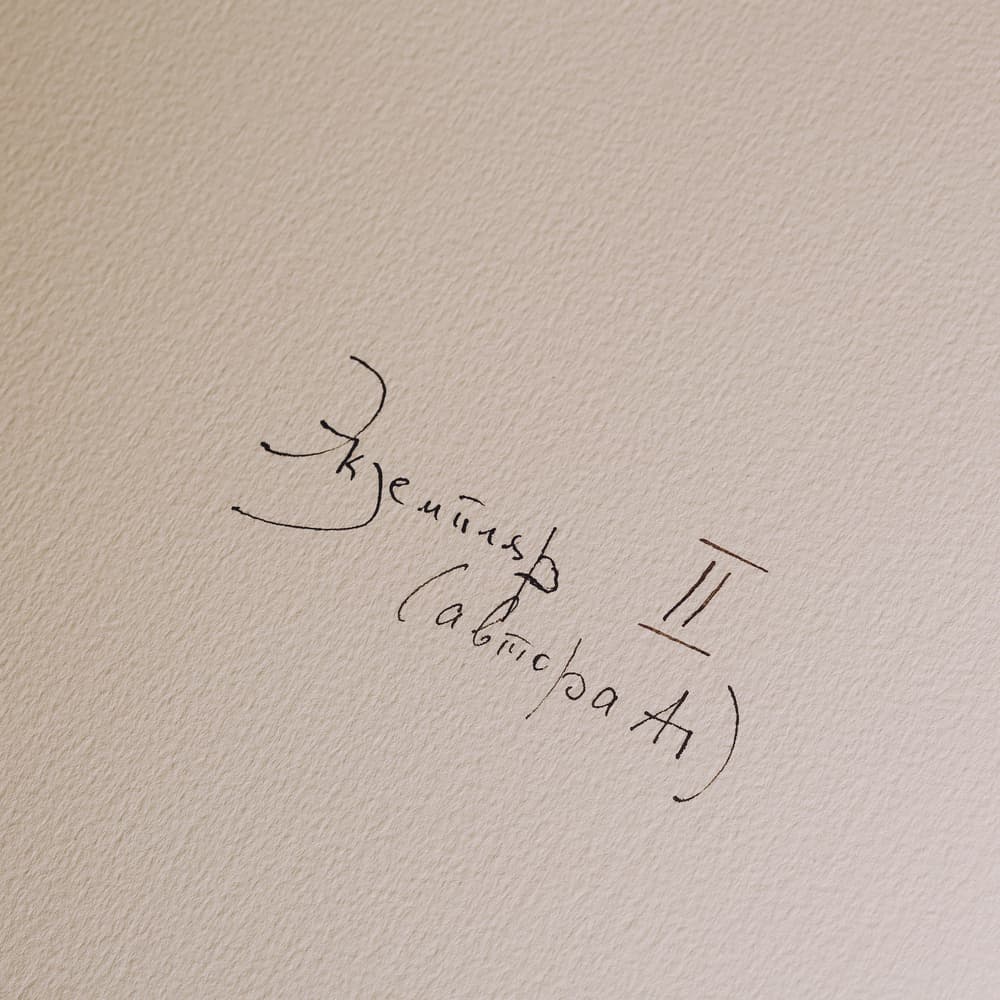
The work that lay ahead seemed interesting, but at the same time there were many questions. No-one knew in practical terms what a bibliophilic book ought to be like, how it should be created, the rules that needed to be followed. That knowledge had to be pieced together. The history of the making of bibliophilic books in Russia and abroad was thoroughly studied. Missing information was obtained from scholars and the few existing bibliophiles, who, like keepers of ancient treasures, were in no haste to divulge what secrets they knew.
The new team pondered which road to follow, whether to draw upon the traditions of the French 20th-century livre d’artiste or to look to the books produced by members of the Russian Mir Iskussvta (World of Art) movement back around the turn of the century. The answers to many questions were found directly in the course of working. The first publications were born out of passionate discussions, at times even irreconcilable arguments, but the creative work itself and its result gave tremendous pleasure to everyone involved in the production of the book.
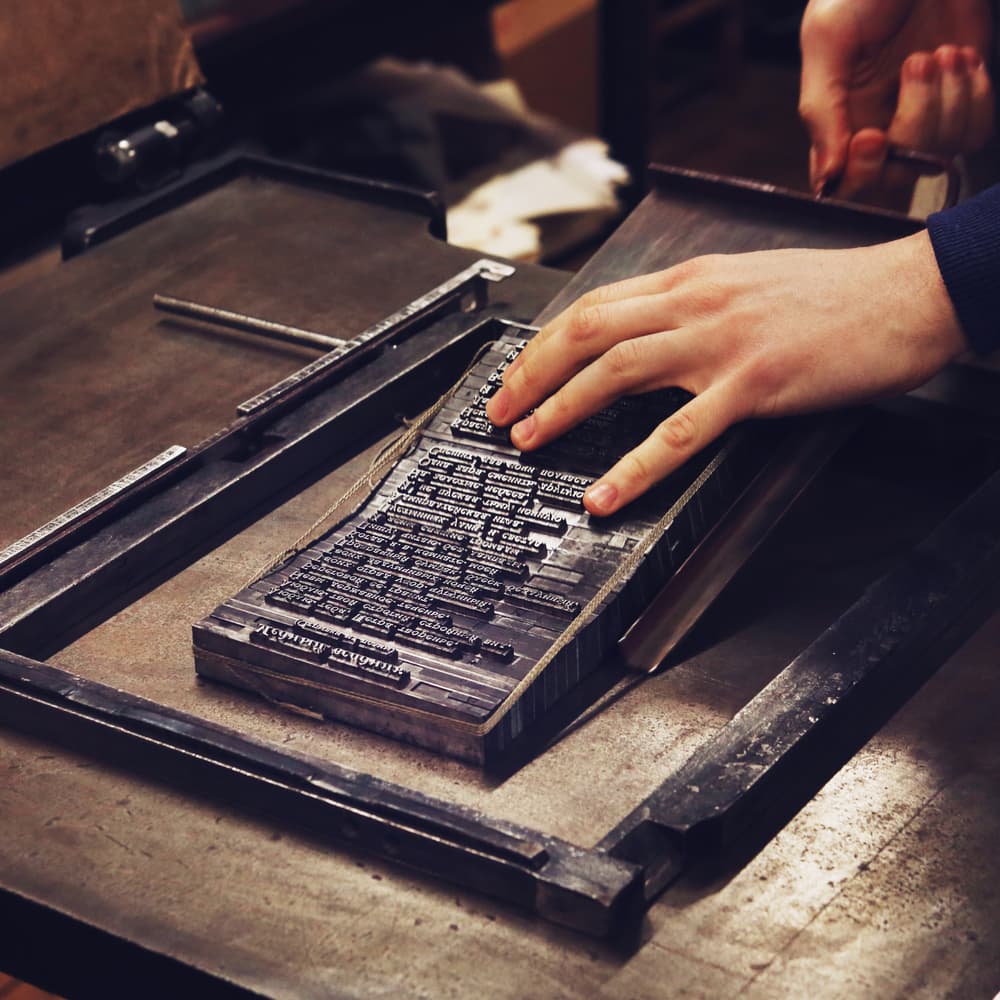
HOW WE CREATE OUR BOOKS
Our publishing house produces bibliophilic books in small editions that can justly be described as works of art. The contents of the books are divinely inspired texts, great classics of poetry and prose, or works by extraordinary authors. The birth of a book begins with an idea that springs from some theme that appeals to the publisher, or else from his interest in some literary or artistic creator whose works themselves suggest the topic for a new publication.
The texts are either typeset by hand and printed on a 19th-century press or else written out calligraphically. The paper is produced specially to order for the publishing house or else bought from European firms that have continued the centuries-old tradition of making hand-laid paper. To stress the hand-made quality of the book the deckle edges of the paper are left untrimmed. Alternatively, the texts might be printed on papyrus or parchment. We have even had a unique experience of printing on clay. Our publishing house is constantly experimenting, devising new forms of book, typefaces, methods and printing techniques.
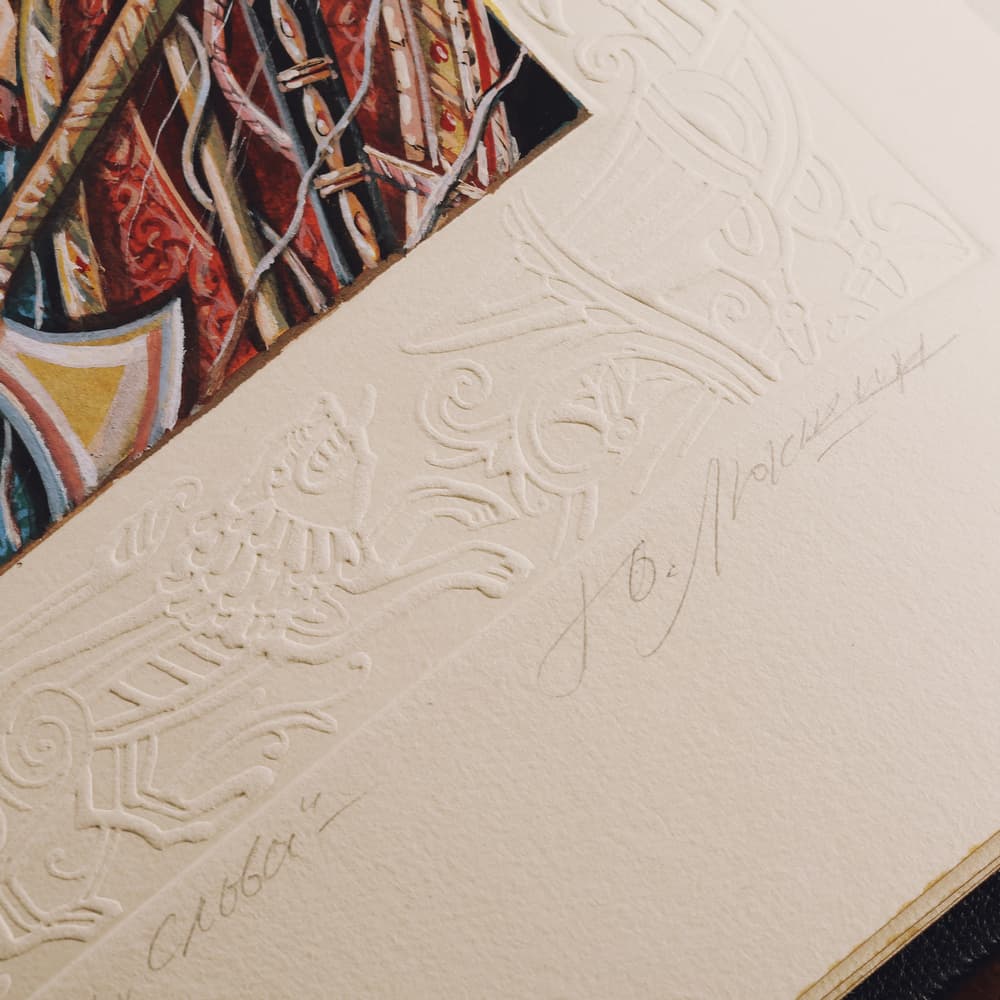
The illustrations for the publishing house’s books are created by outstanding Russian and foreign artists who have achieved global recognition. Their works can be found in famous museums and in major private collections both in this country and abroad. The artists employ a variety of graphic techniques – drawing, lithography, etching, mezzotint, aquatint, dry-point, monotype, woodcut, heliogravure, as well as mixed techniques. The illustrations may be augmented with watercolour, tempera, or gilding and enhanced by embossing, investing the images with a unique original style.
Bookbinders of the highest class produce covers entirely by hand using rare and expensive materials: choice leathers and furs, precious varieties of wood, sumptuous fabrics embellished with original painting or decorated with beadwork, silver and gold embroidery. Techniques employed in finishing the covers include painting, engraving, patination, gilding, embossing and debossing. In the decoration we use ceramics, glass, painted porcelain, coloured enamels, copper, brass, bronze, silver and precious stones.
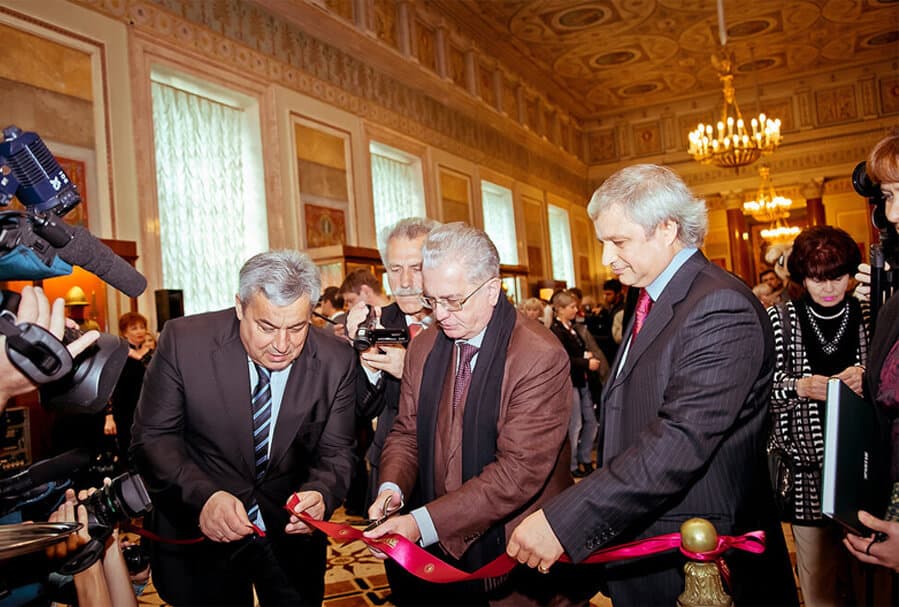
The Publishing House Today
Since its foundation, the publishing house has produced more than 30 bibliographic rarities, copies of which can be found not just in private collections, but also in major museums and libraries such as the State Hermitage, the National Library of Russia, the Pushkin Museum of Fine Arts, the Tretyakov Gallery, the Kupferstichkabinett in Berlin, the Bayerische Staatsbibliothek, the Victoria and Albert Museum, the British Museum, and the New York Public Library.
The State Hermitage has held eight monographic exhibitions of the publishing house’s products.

The Book as a Gift
Despite the abundance of prestigious gifts now available, the choice of truly exclusive objects with an enduring value is extremely limited. The sumptuous collectors’ editions produced by Rare Books from Saint Petersburg are capable of surprising even the most sophisticated judge of book art. A bibliophilic publication is not only an exceptional present for any true book-lover and connoisseur of beauty; it can become the gem of a collection, a rarity in a personal library and, moreover, a unique family heirloom to pass on to the next generation. A book of this sort is made for deeper study, providing aesthetic pleasure from an exquisite artistic design worthy of true masterpieces of world literature.
EXHIBITIONS
Our publishing house’s books have been exhibited publicly on repeated occasions in Russia and abroad.
Find out more

